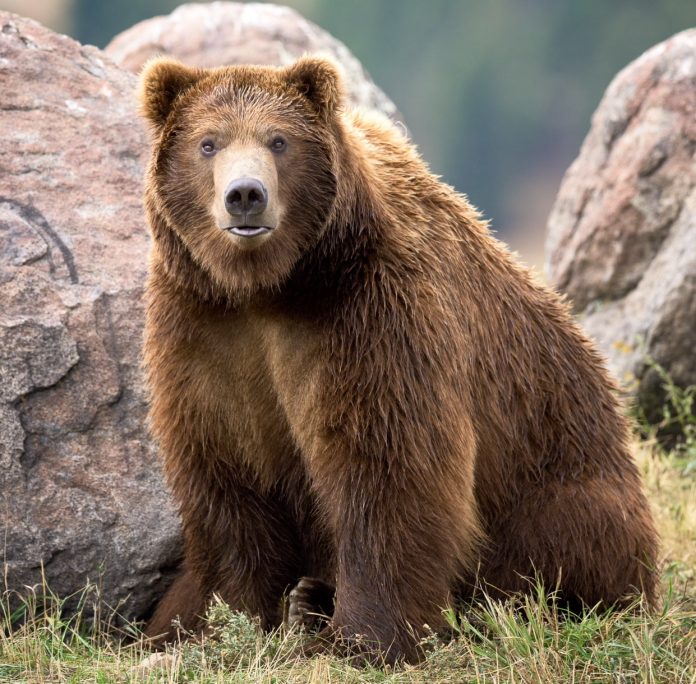
Plans To Reintroduce Grizzlies To The Bitterroot Ecosystem For Their Recovery In Montana & Idaho Are Moving Forward
By WAN
You can help all animals and our planet by choosing compassion on your plate and in your glass. #GoVeg
RELATED ARTICLES
Pressure Mounts For Arizona To Ban Dog Pack Hunting Of Mountain Lions, Bears & Other Critical Species
Conservation groups have submitted a petition to the Arizona Game and Fish Commission urging a ban on the use of dog packs for hunting...
Help Save Millions Of Lives This Holiday By Choosing Compassion On Your Plate; Adopt A Turkey Today!
As Thanksgiving approaches, we hope you enjoy a warm and safe holiday. We encourage you to make a compassionate choice by leaving animals off...
Giraffes Are One Step Closer To Receiving Vital Endangered Species Act Protections
In response to a petition and subsequent lawsuit by conservation and animal protection organizations, the U.S. Fish and Wildlife Service (USFWS) has proposed listing...
Popular stories
News
Wayward Sea Lion Rescued From Busy San Diego Freeway Last Month Is Thankfully Released Back Into His Ocean Home
Photo from San Diego CHP, Facebook
It has been quite an eventful year so far for an adventurous male sea lion in San Diego, California. A...
News
HSUS Sues World’s Largest Pork Producer Smithfield Foods For Not Eliminating Gestation Crates As Promised
Humane Society of the United States (HSUS) filed a lawsuit against Smithfield Foods, the world’s largest pork producer, for misleading consumers about animal abuse in its supply chain.
The...
International News
Breaking! After 19 Days Trapped In Japan’s Infamous ‘Cove,’ Young Minke Whale Brutally Killed By Taiji Fishermen
Minke whale caught in fishing nets, Taiji, Japan. Photo from LIA/Dolphin Project
It is with heavy hearts that WAN shares the tragic news that an...


